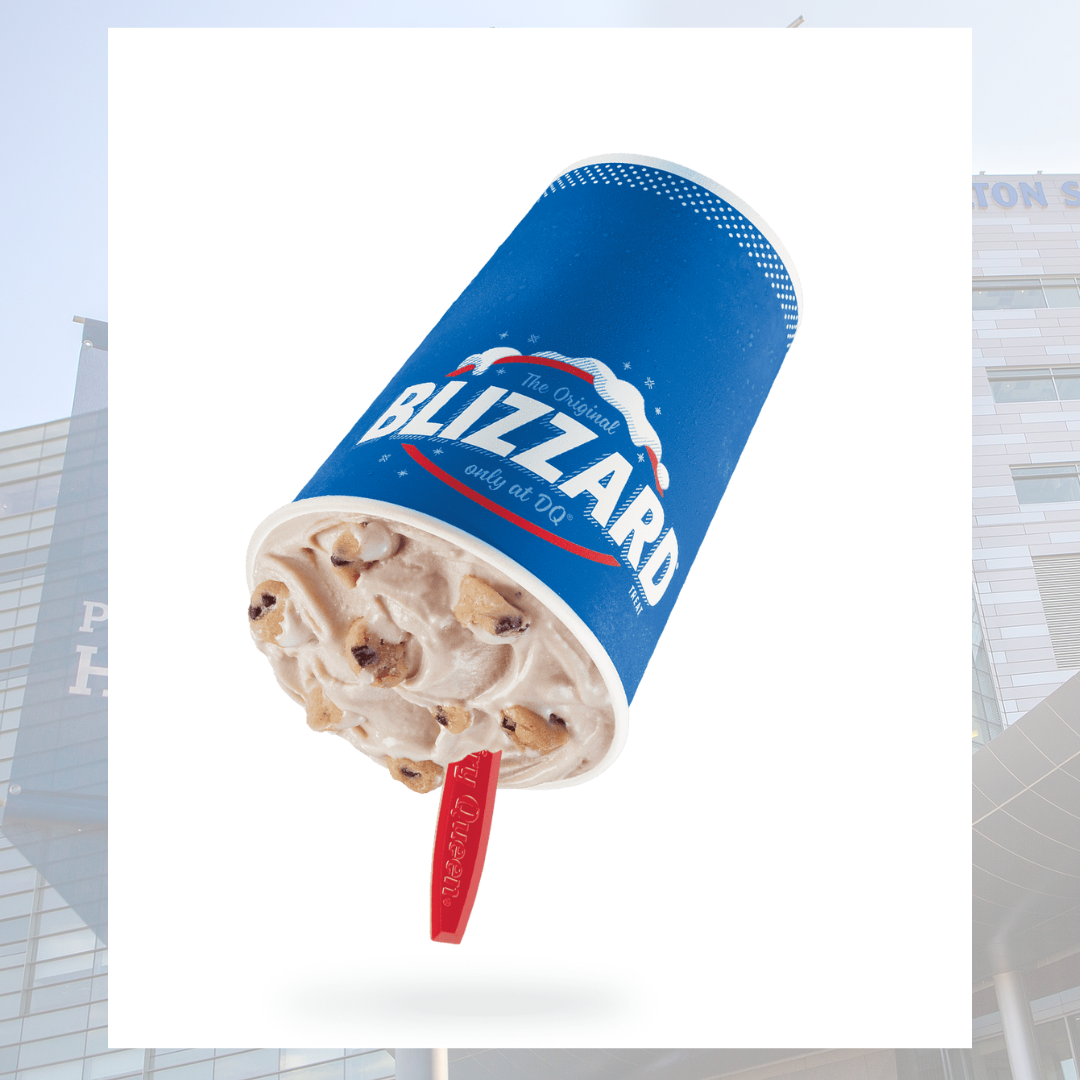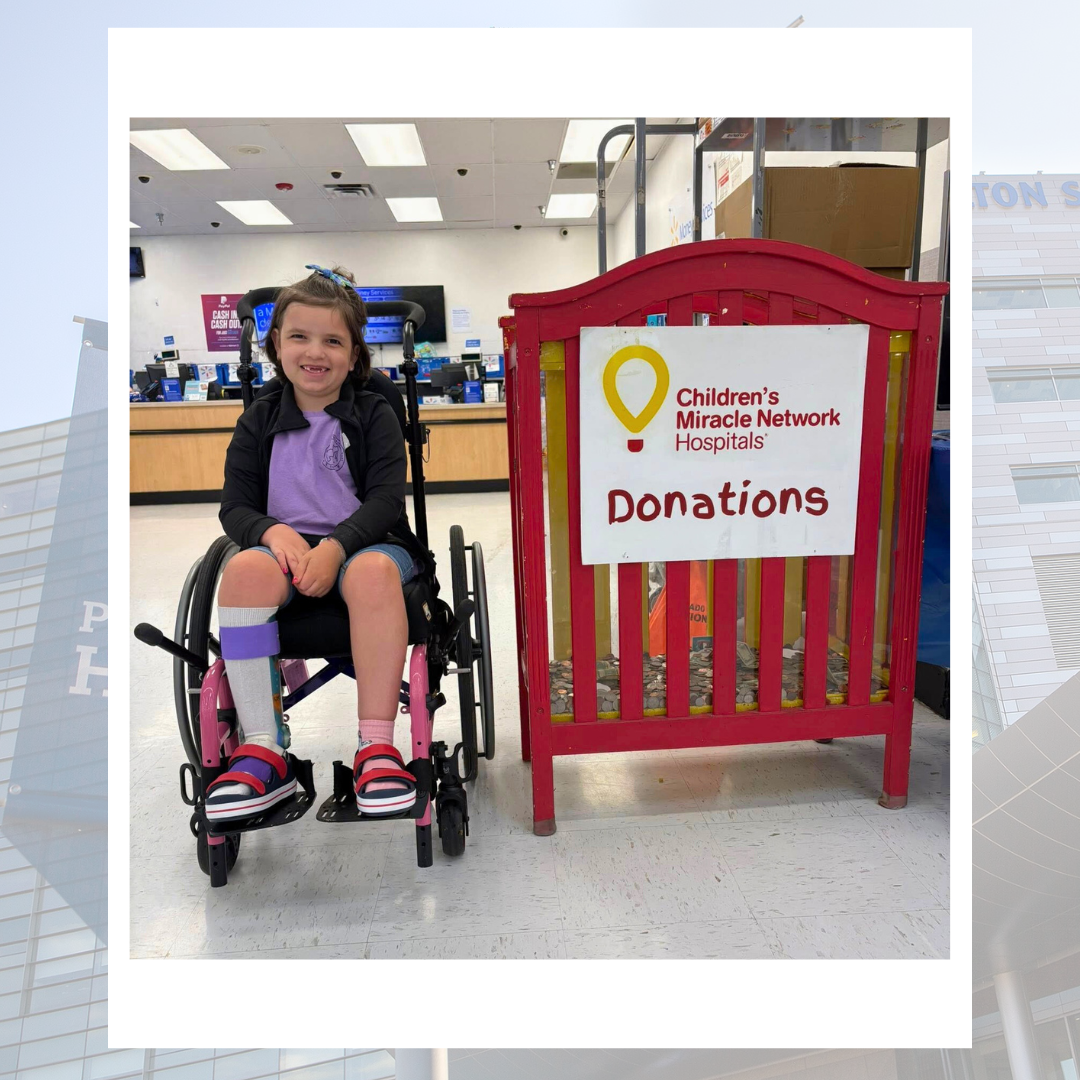Art therapy illustrates the path to recovery for adolescents with eating disorders
Walking into the Penn State Health Adolescent Medicine and Eating Disorder Clinic in Hershey is a bit like walking through the world’s most inspiring art gallery. Words of hope, body positivity, and embracing change weave through brightly colored mixed-media birds, willowy trees in the shape of the female body, and tiny caterpillars metamorphosing into brilliant butterflies.
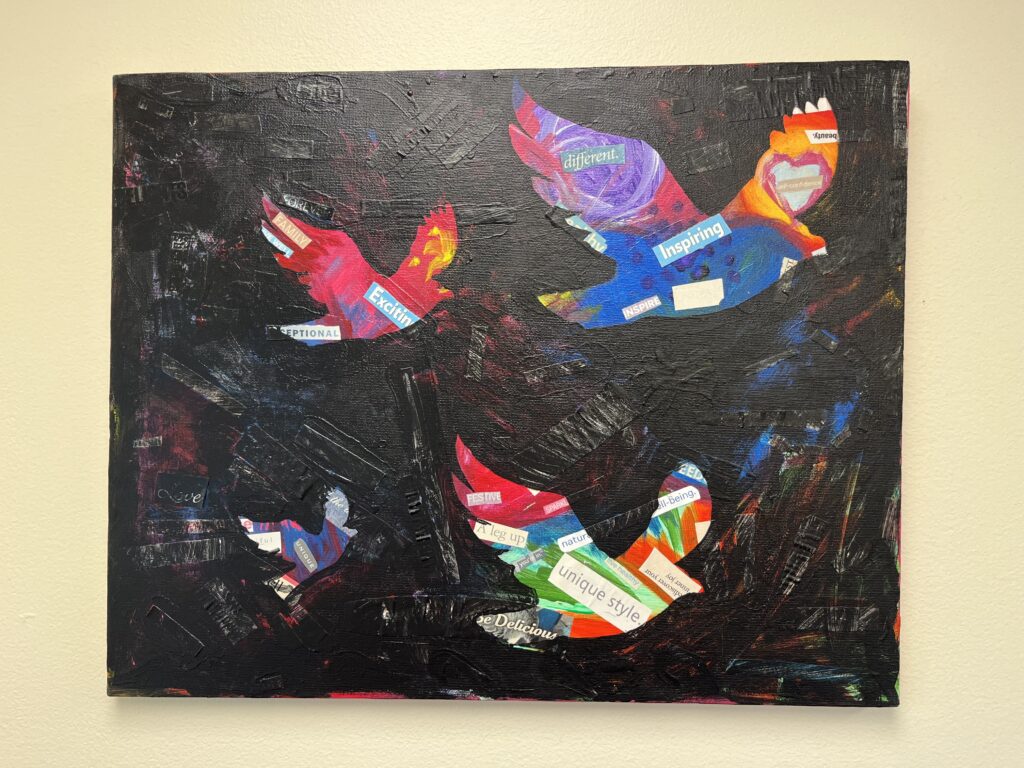
To the stranger walking into the clinic, it might not be immediately obvious what kind of life-changing work happens here. Kids come to this clinic at their most vulnerable, the relationship between food and their bodies strained or broken. Through hard work, an open mind, and the tools they learn here, they can begin their lifelong path toward recovery.
Though beautiful, the art on the walls here serves a much higher purpose than decoration or inspiration. “The eating disorder tendency is to withhold feelings, which in turn, increases stress and eating disorder behaviors,” says Amy Ethridge, an Occupational Therapist and Clinical Psychiatric Specialist with the Adolescent Medicine and Eating Disorders Program. “The other tendency is to have difficulty identifying and leaning away from their true feelings. Art provides a healthy outlet and way to express and discover their deepest feelings.”
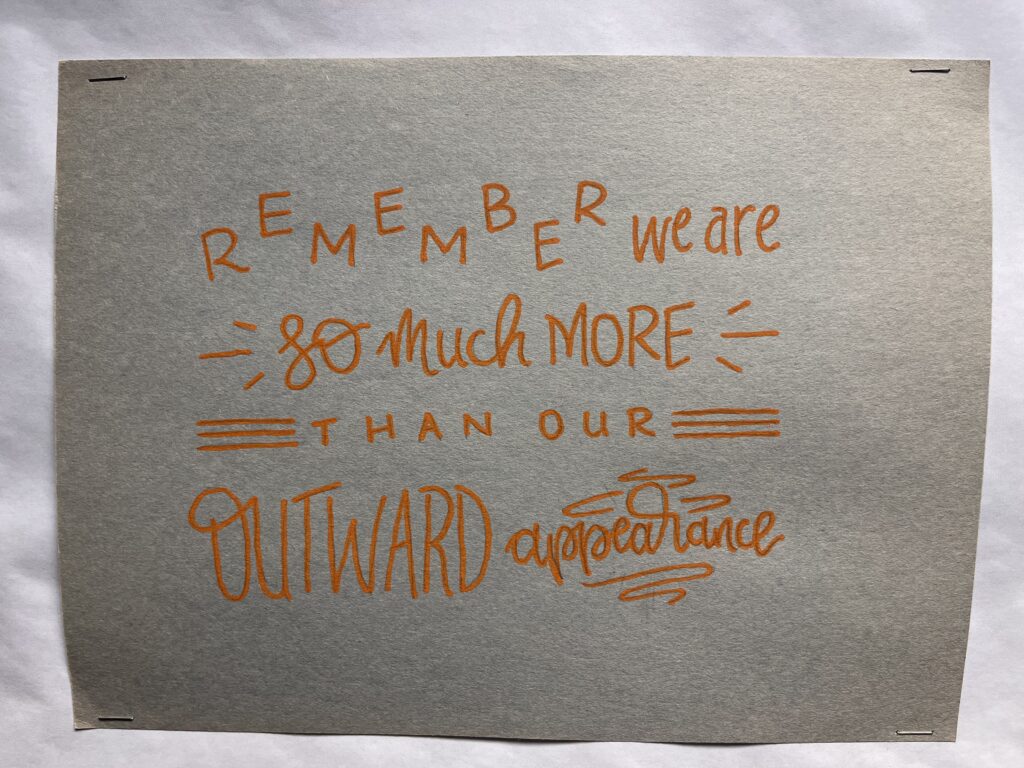
The benefits of art therapy as a healing tool in this clinic are almost endless. According to Ethridge, adolescents with eating disorders often suffer from a lack of self-esteem, have trouble concentrating due to the effects of malnutrition, tend to self-isolate, and can be extremely perfectionistic. Art allows them to practice assertiveness by asking for supplies, to work on their focus by zeroing in on an expressive task, to engage in socializing in a healthy way, and to practice counteracting their self-criticism, “since art has no judgment and is failure-free,” says Ethridge.
Penn State Health Art Therapist Rosa Catterall visits the clinic weekly to facilitate groups with children, adolescents, and adults. She provides each group with a suggested theme that prompts them to explore their feelings on a deeper level. Then, they are presented with an opportunity to share their work – and often, their experiences – with the other group members, where they can be surrounded by support.
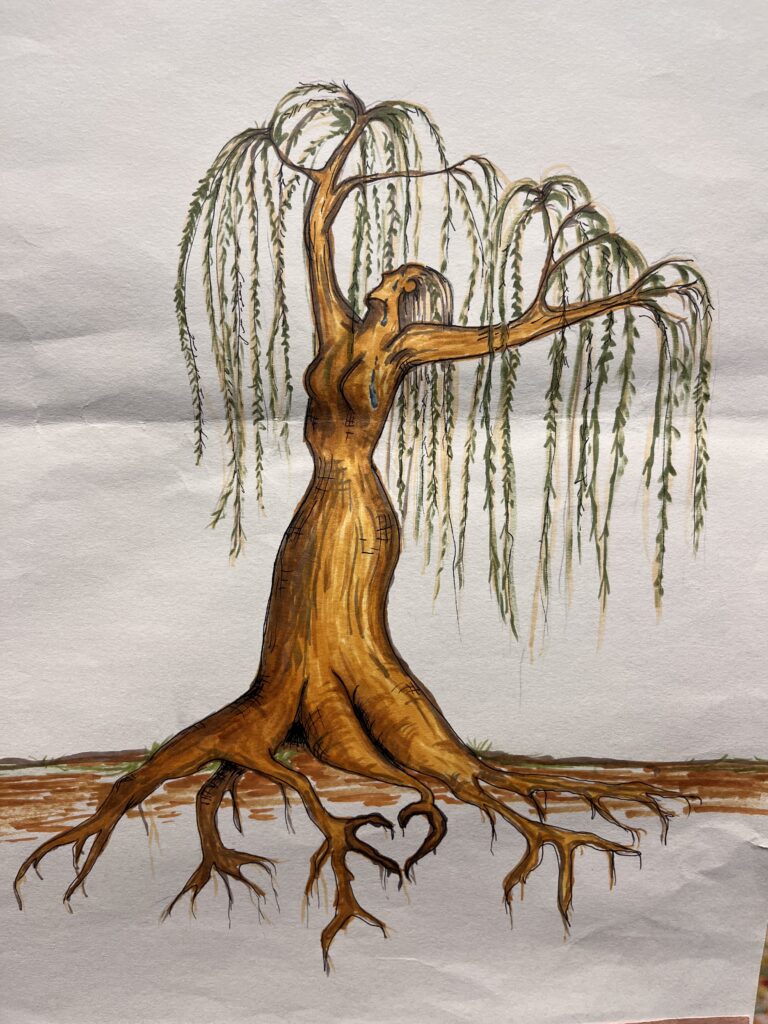
Catterall says she strives to create an environment “that is safe and non-judgmental so that each individual can learn more about their own unique creative process and celebrate their own unique expression.”
Since the inception of the Adolescent Medicine and Eating Disorders Program, Children’s Miracle Network has helped to fund the art supplies that make this transformative work possible. CMN has also supported research studies led by the clinic’s care providers, which have helped to move the needle on the kind of groundbreaking treatment that takes place here.
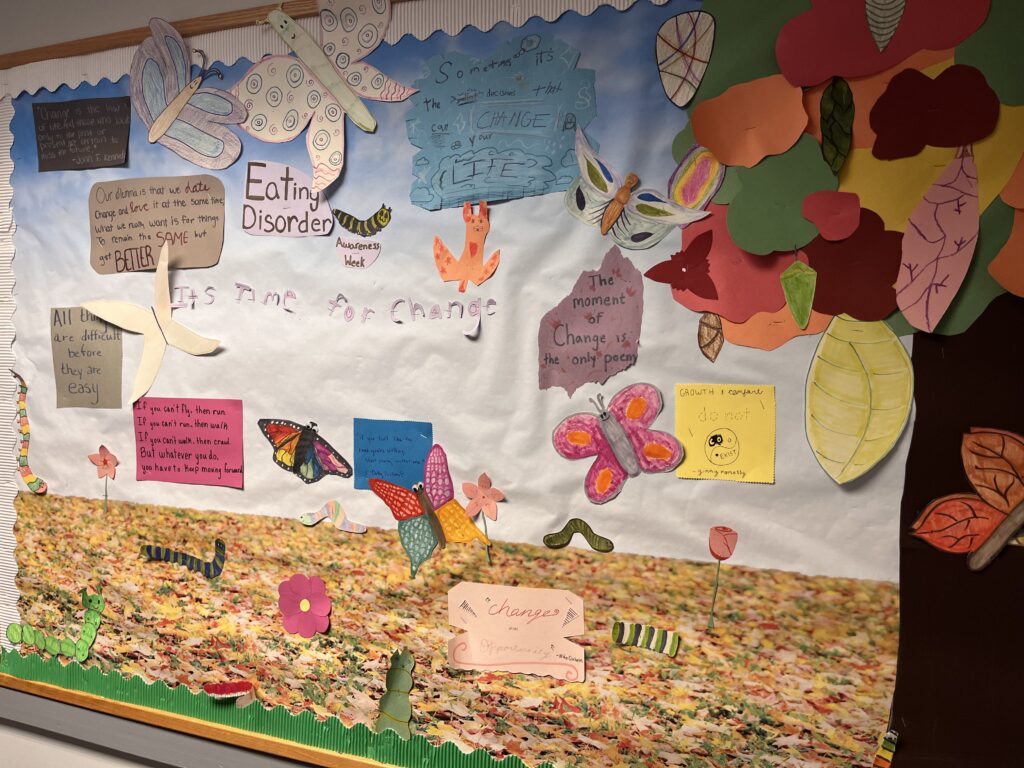
“Our patients practice confronting their fears through planned food and situational exposures,” says Ethridge. After that, patients need “healthy ways to cope with their anxiety in facing these fears.” Rather than managing this stress through eating disorder behaviors, art offers a healthy alternative for self-expression. “Essentially, art can become a healthy tool to help cope with and heal from the eating disorder.”
Sometimes, the path toward recovery isn’t paved with gold – it is painted one brick at a time.
Learn more about how your support can make miracles at CMNHershey.org.
